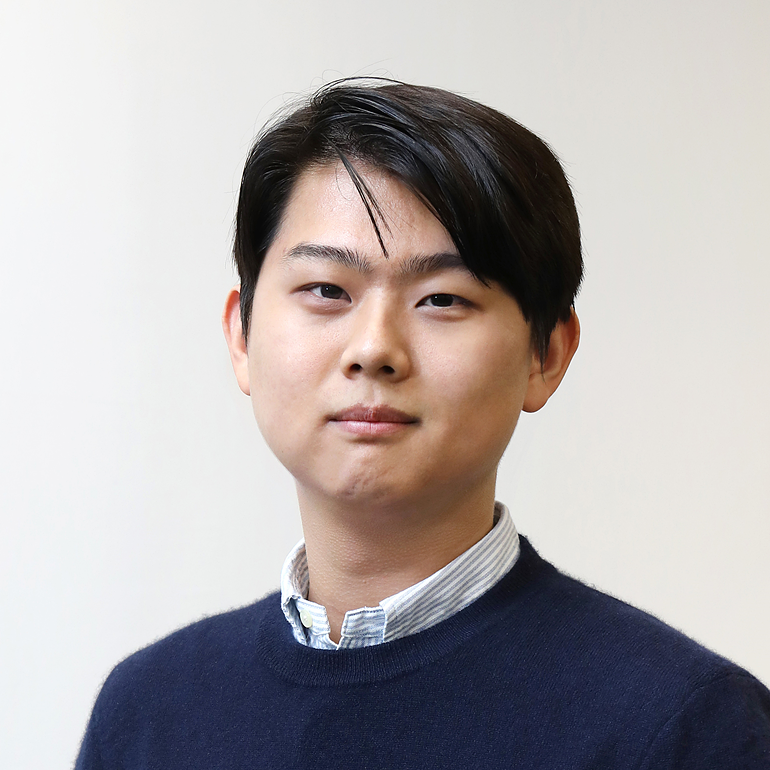Korea struggles to find new workers for growing nuclear reactor industry
Published: 30 Jul. 2024, 19:13
-

- CHO YONG-JUN
- cho.yongjun1@joongang.co.kr
![A view of the new Dukovany nuclear power plant site in the Czech Republic. [DAEWOO ENGINEERING & CONSTRUCTION]](https://koreajoongangdaily.joins.com/data/photo/2024/07/30/07c7d901-e6d7-4f99-be1e-ca6e8937ab6f.jpg)
A view of the new Dukovany nuclear power plant site in the Czech Republic. [DAEWOO ENGINEERING & CONSTRUCTION]
The work force required to power the country's nuclear reactor industry this year — not only to construct and manage reactors, but also to facilitate research and development, support, management and the treatment of radioactive materials — totaled 40,000 people. Only 37,000 are currently employed.
The shortage is expected to last for at least six more years. Boston Consulting Group, last March, estimated that the industry would count 47,000 workers in 2030, around 10 percent short of projected demand.
The ministry will come up with an updated prospect for the required personnel by the end of this year alongside a new road map for the nuclear reactor industry, including proposals to increase personnel.
Korea Hydro & Nuclear Power plans to triple Korean work force for the Czech Republic project while also sourcing talent locally.
But today's lack of manpower, industry insiders say, is fundamentally a result of the former administration's nuclear phaseout policy, which drove talent from the industry and discouraged new workers from entering.
Korea's nuclear work force peaked in 2017 — the year when its previous administration kicked in — at 37,261 people, but numbered only 35,104 in 2021.
The industry is regaining its growth potential as the current administration resumes the construction of plants in Korea and successfully bids for projects overseas: Nuclear power plant-related equipment exports in 2022 and 2023 brought in 4.01 trillion won ($2.89 billion), 6.8 times the export figure from 2017 to 2021 combined. The industry's total revenue also grew from 2.16 trillion won in 2021 to 2.54 trillion won in 2022.
Universities are still having trouble pushing new students into nuclear engineering and related degree programs. Only three students joined KAIST’s nuclear and quantum engineering department while two joined its nuclear engineering program in the first quarter of 2024.
The number of nuclear plant-related departments at Korean universities peaked at 15 in 2009 — when Korea won a deal to build four nuclear plants in the United Arab Emirates — but was down to eight in 2023.
It’s also difficult to find capable welders nowadays, according to an insider from a large construction firm.
“You can’t just increase or decrease the required work force of an industry when you want to,”Heo Eun-nyeong, a professor in Seoul National University’s Department of Energy Systems Engineering, told the JoongAng Ilbo, an affiliate of the Korea JoongAng Daily.
“You have to think long-term when taking care of the supply and demand of such talent.”
The phasing out of nuclear power plants around the world is also contributing to the lack of work force.
“We are already in trouble with the lack of talent in the industry, but other countries can poach our existing work force,” Chung Bum-jin, president of the Korea Nuclear Society, told the JoongAng Ilbo, adding that the current work force both “lacks in quantity and in quality.”
“In order to have a steady influx of quality work force to the industry, there needs to be a trust — trust that any administration will continually foster the nuclear power plant industry,” the Korea Energy Information Culture Agency said.
BY KIM MIN-JOONG [cho.yongjun1@joongang.co.kr]










with the Korea JoongAng Daily
To write comments, please log in to one of the accounts.
Standards Board Policy (0/250자)